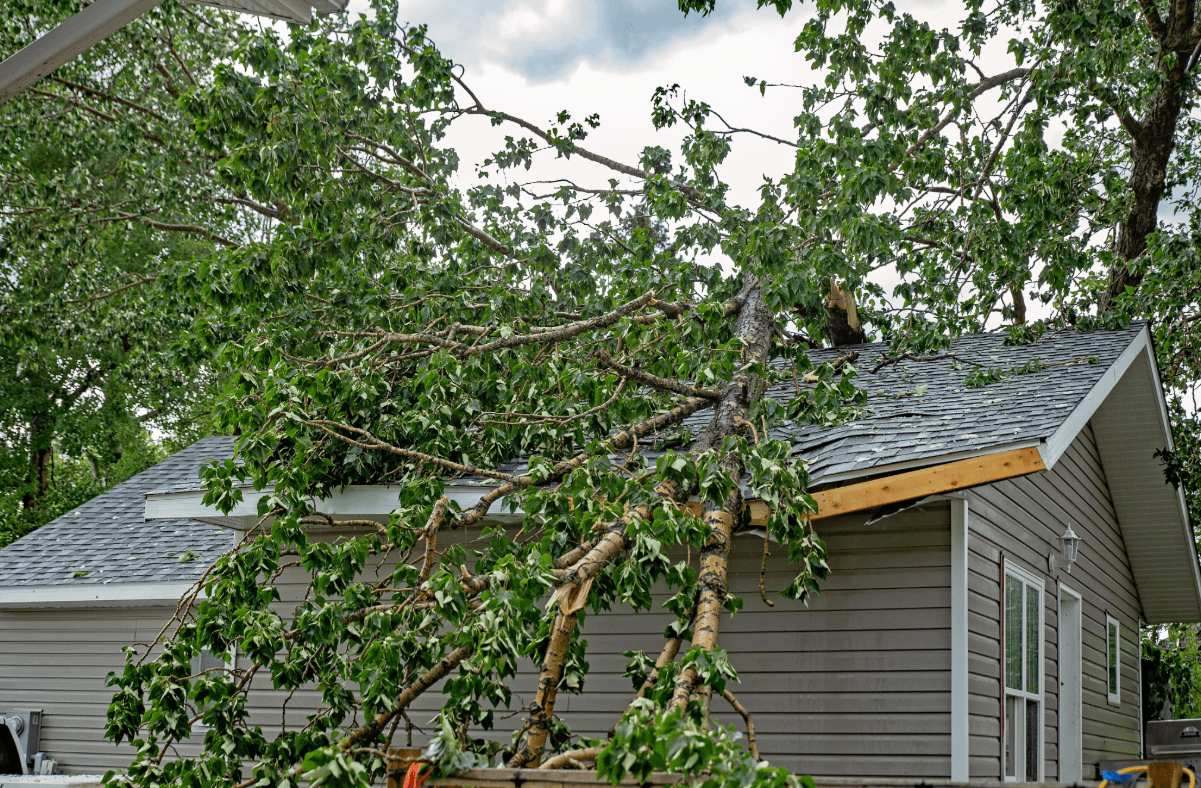
10 Signs A Tree May Fall On Your Property
Trees can be valuable additions to any property; however, each year, fallen trees and branches cause millions of dollars in property damage. It is crucial to proactively recognize signs a tree may be at risk of falling to help prevent dangerous and costly accidents.
- Cracks in the trunk could signal a structural weakness.
- An increase in falling branches could indicate that the tree may not be getting enough nutrients or is battling a bug infestation.
- Areas lacking bark could mean the tree is dead or dying.
- Leaves missing close to the trunk could mean something is affecting the root zone.
- Exposed roots are not inherently a bad sign, but they can be vulnerable to damage from landscape equipment, which can impact the tree’s integrity
- Soft spots can be a sign of a fungal or pest infestation.
- Vines covering the tree can trap moisture and create fungal or bacterial infections on the tree.
- Hollow or decayed places can be caused by decay within the tree and are often a result of improper pruning.
- Mushroom or fungi growth at the tree’s base can be a sign that the roots are rotting.
- Significant leaning may be a result of wind or root damage, and it will most likely need to be removed. Note that some trees grow at an angle, which may not be as hazardous.
If a Tree Falls, Whose Insurance Covers It?
Generally, if your property is damaged, you are responsible for it, regardless of where the tree or limb came from. However, if one party can prove that the tree owner knew that the tree was diseased but neglected to fix it, the insurance carrier could attempt to collect from the owner’s insurance.
Contact a local arborist to help inspect trees on your property for signs of damage and decay. Take steps as needed to mitigate the risk of falling trees on your home or surrounding areas.
Quick Quote Form
Categories: Blog
Tags: Home Insurance, Tips
